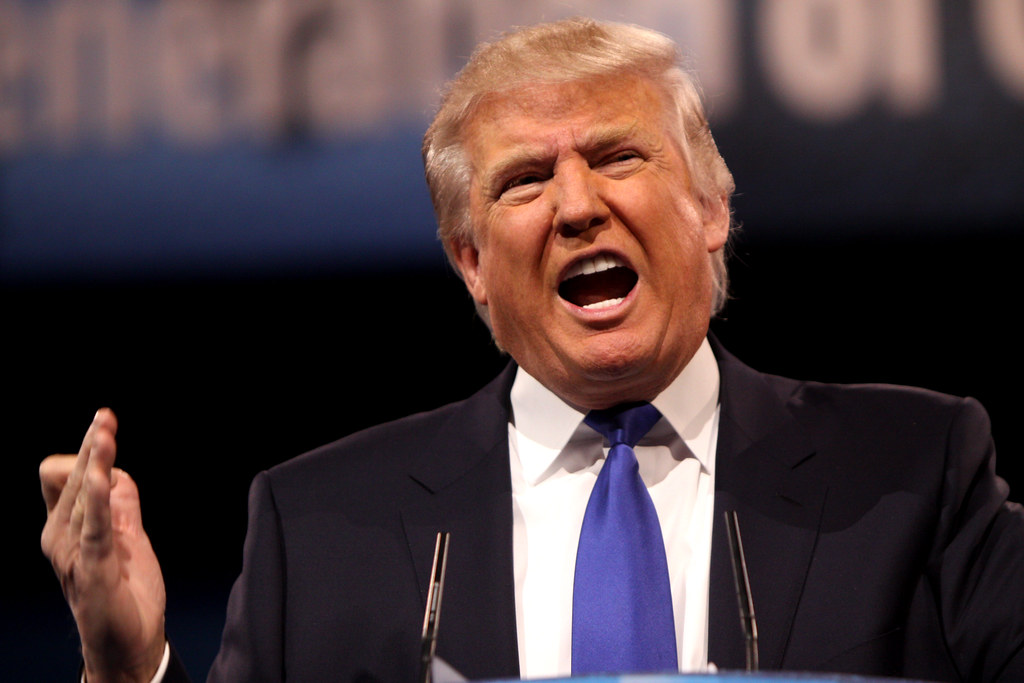Stop me if you’ve heard this one before: a child’s zip code shouldn’t determine the quality of her education. It seems to me this idea should go without saying. But people keep saying it.
The President has said it on numerous occasions. Hillary Clinton has made that point a central part of her K-12 education platform. Even Donald Trump agrees, writing in his most recent book, “Crippled America: How to Make America Great Again”:

Photo by Gage Skidmore
I’m not concerned about the kids growing up in wealthy communities, where high property taxes have allowed them to build great schools, hire the best teachers, and provide all the supplies they need. Those schools are doing fine. In many urban areas, however, schools must fight for every tax dollar and are forced to have teachers and students bring in their own basic supplies such as pencils and paper. That’s a national tragedy.
Why, with so much bipartisan agreement, is so little being done about the fact that a family’s wealth is, in many cases, what determines whether their child gets a good education?
An analysis of over 30,000 school district boundaries released on Tuesday from Ed Build assigns numbers to the problem, and clearly demonstrates just how economically segregated our school districts are. And it’s bad. Really bad.
Ed Build reported an average 7 percentage point difference in poverty rates between districts sharing a border. The disparity is twice that for roughly 4,000 district boundaries. And for the 50 most segregated districts, the difference is dramatically higher: between 34 and 42 percentage points.
What happened was wealthier communities drew their own district borders — often in creative shapes — to cordon themselves off from their lower-income neighbors. Often this happens within the same geographic area. The gerrymandering in Birmingham, Alabama is particularly stark. Vestavia Hills is a small, wealthy school district drawn awkwardly and around the larger, poorer Birmingham school district. The districts are basically on top of each other. So even though they live more or less in the same metropolitan area, affluent families simply established their own district to avoid sharing their wealth with others.
The effect is a virtual wall, trapping low-income students in poorly-funded — and generally higher-taxed — school districts with little hope of escape. Ed Build’s findings contribute to the growing evidence that segregation, economic and racial, is worsening.
I can’t believe I’m writing this, but it appears that I agree (sort of) with Donald Trump. Political correctness isn’t helping to end segregation. In fact, it may be hurting efforts, since some people confuse talking about it with actually doing something about it. I think it’s high time that breaking down economic and racial segregation becomes the politically correct thing to do. The stakes are too high to keep providing only lip service.